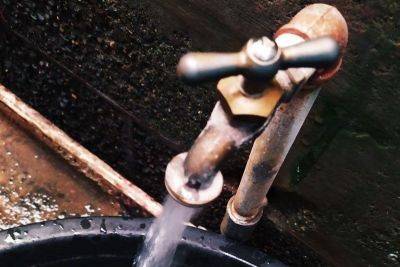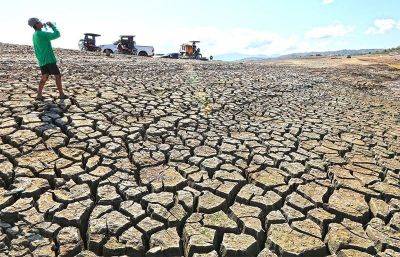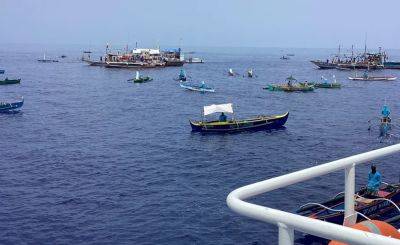COMMENTARY: Is Cebu 100% renewable energy-ready?
MANILA, Philippines — There has been a lot of discussion lately about the Philippines' energy security. It is highly understandable given the country's economic growth rate that currently leads the pack among equally fast-growing ASEAN and Asian economies.
Cebu at the heart of the Central Visayas region and host to Metro Cebu's bustling Mandaue (9% growth), Lapu-Lapu (13.2% growth) and Cebu (8.4% growth) cities has come in focus as well as a vital cog in the country's drive to become an upper middle-income economy, yet highly vulnerable given its energy dependence on neighboring islands.
The spate of red and yellow Alerts for the Luzon and Visayas grid recently has sparked wider discussions about Cebu and the country's energy situation, and the role of renewable energy not only in sustainability efforts to combat climate change but also in securing sufficient and affordable energy supply.
Cebu, a bustling region renowned for its natural beauty with bustling economic hubs that are now positioned to become smart cities, stands at a crossroads in its energy journey. But is Cebu really ready to be 100% reliant on renewable energy?
Cebu, like other fast-growing cities globally, still relies heavily on conventional energy sources such as coal and natural gas to meet its electricity demands. While strides have been made in integrating renewable energy sources like solar and biomass into its energy mix, the path to achieving complete renewable energy readiness remains complex.
For wider context, the Clean Energy scenario under the Philippine Energy Plan targets the following mix to be achieved by the year 2040—50% of gross generation to come from renewable energy sources while 26% will be from Liquified Natural Gas (LNG), as the widely accepted "transitional fuel."
For Cebu, as with the rest of the country, getting more and more renewable energy into the power mix hinges on various factors, including advancements in technology, supportive policies, substantial investment, and the readiness of the transmission infrastructure.
While initial infrastructure costs may pose challenges, the long-term implications are promising. Residents could potentially enjoy reduced







